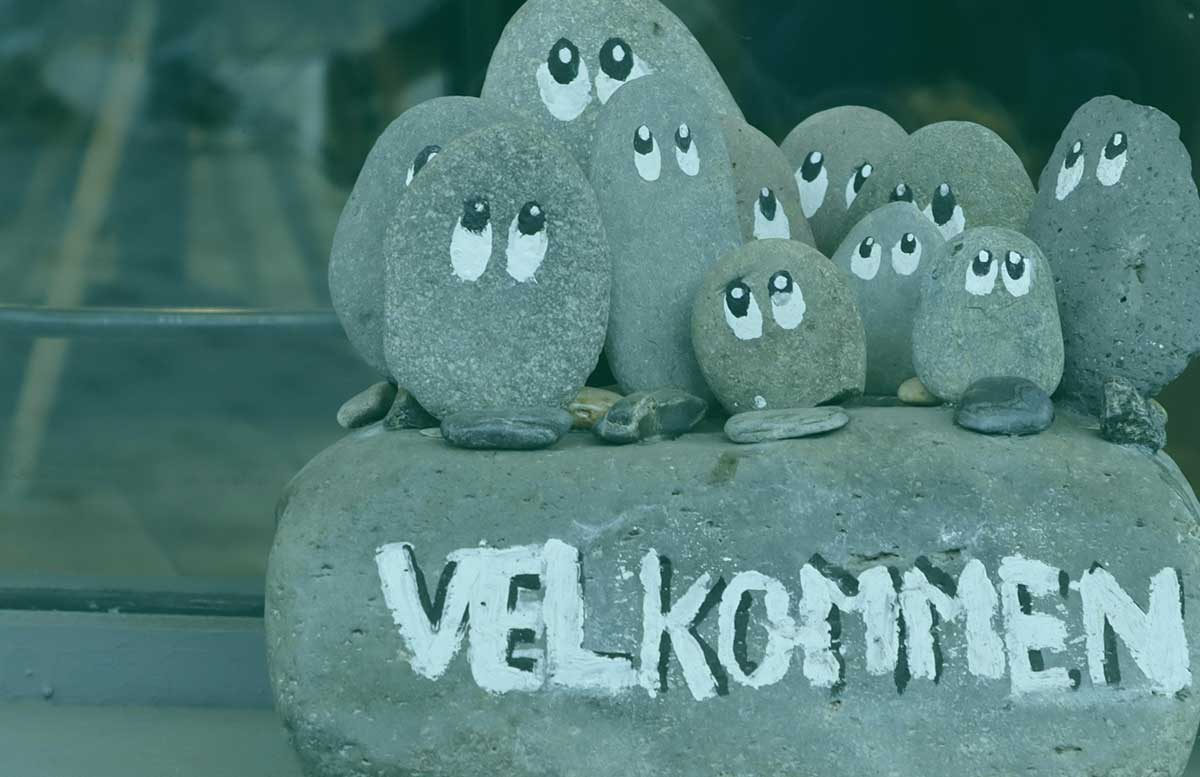Culture | Professional Development
How to Present Yourself as a Remote Developer on Video
By: X-Team
July 19, 2017 5 min read
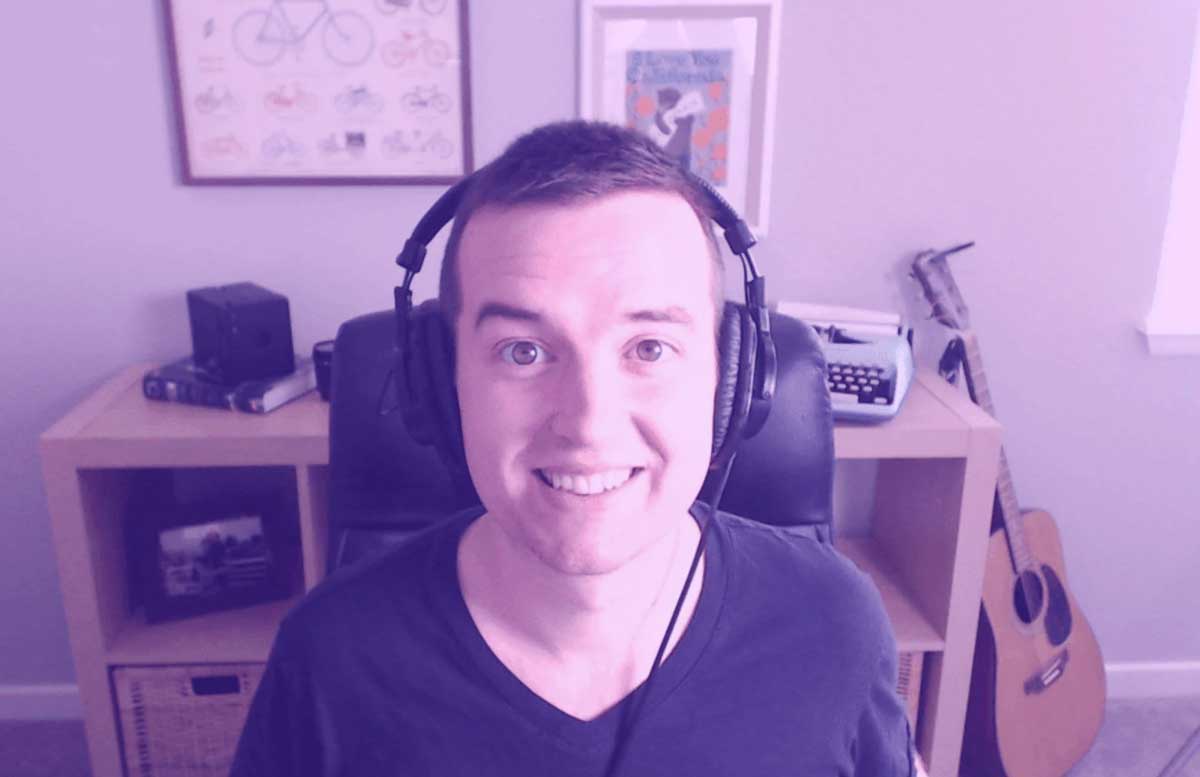
Getting a job as a remote developer is dependent on many factors, but by far one of the most important is how you present yourself on video.
You might be thinking, “What does that have to do with how good my code is?” It is a valid question, and I agree — it should not matter that much. If you code best in your running t-shirt from 1991, or you are most productive in a basement with terrible lighting, that really should not matter as long as you are getting the work done.
However, one simple fact makes it important — first impressions still matter. Especially for the kinds of Fortune 500 companies we work with.
For that reason alone, you have to make sure the first impression you give is one that showcases who you are, and it is a shame to let factors like poor audio, low lighting, and unattractive backdrops influence someone’s interpretation of who you are and what you stand for.
Instead, you should focus on those factors and make sure they do not become distractions from showcasing who you are.
The Backdrop
We have seen every backdrop you can imagine after interviewing thousands of developers, and unfortunately, most of them are distracting.
Here is what you are aiming for: a simple, clean wall that is either blank or contains items that tell someone more about you:

It is that simple.
Sometimes the items you put behind your desk can really help someone learn more about who you are. We have seen everything from shelves of their board games to movie posters of all their favorite movies. Some might consider it unprofessional, but certainly, to us and many other companies, it is a great way to showcase who you are without being too distracting when done neatly.
Distracting backdrops that will take the focus away from you are:
-
Coffee shops or rooms with a lot of activity (cannot focus on you)
-
Messy, cluttered or dirty rooms (all we can focus on is how cluttered your code must be)
-
A backdrop/wall with a strange, intense or dated pattern that you are more likely to find on your grandma’s rug. Try to find a solid, light and soft color.
Another good one to remember is to make your bed and maybe move the whiskey bottles out of frame ;)
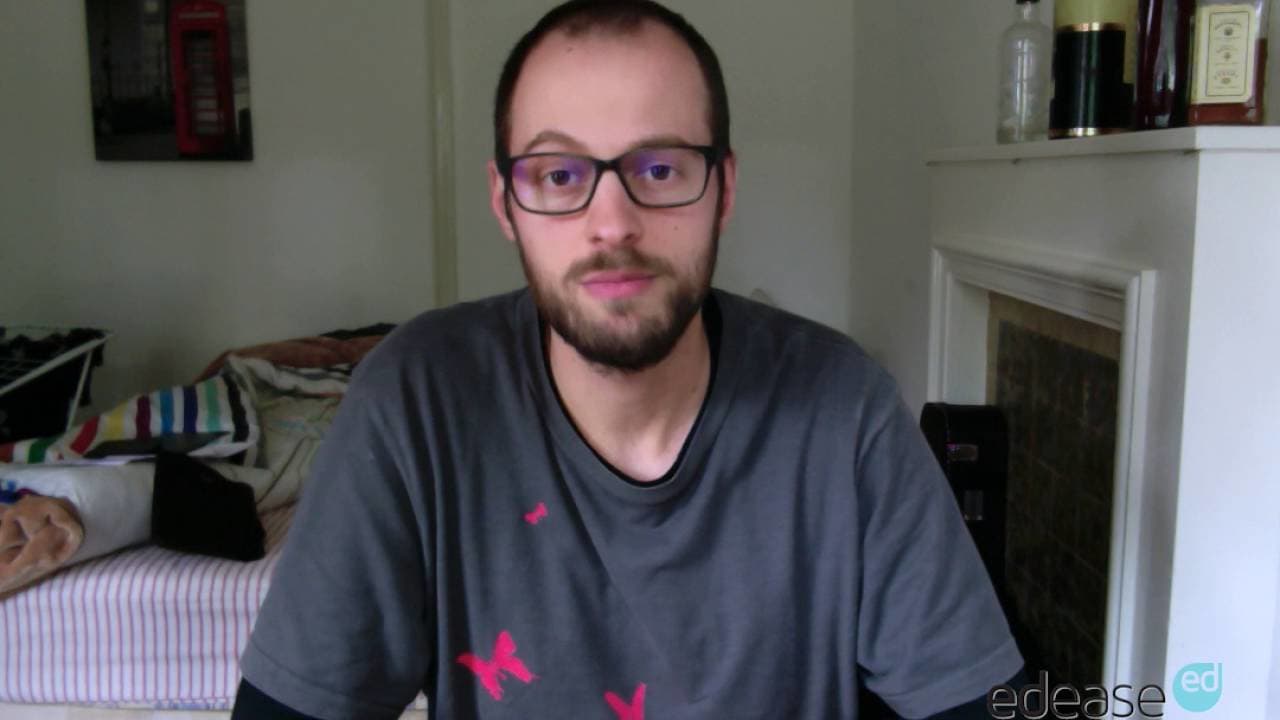
Or to think twice about that cool backdrop you bought on eBay:
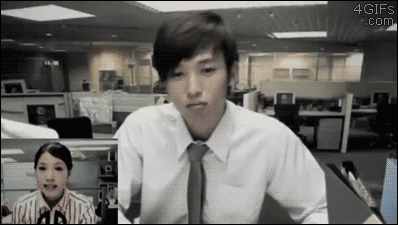
If you are ever in doubt about your backdrop, just simplify and find a blank wall with a solid color to put behind you. It is hard to go wrong when you simplify like that.
Lighting
Let’s start with what we are trying to avoid:
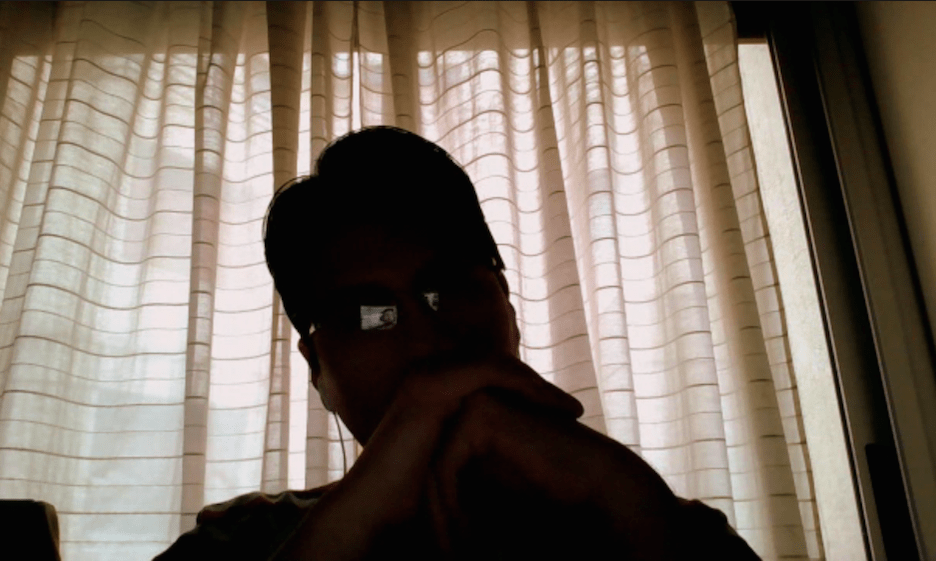
This is a pretty common mistake and an easy one to fix. This happens when you have a window behind you, causing the camera's exposure to get blown out. Going back to the backdrop section, simply always have a clean wall behind you, and you can avoid this.
When you have a clean wall behind you, and it still looks dark, you will need to get more lighting. Ideally, you have much more lighting than simply the light coming from your monitor:

This can give off a lot of messages and warning signs that might not even relate to you, so it is best to just keep the interviewer’s focus on learning about you by having good lighting.
Lighting should always be in front of you to avoid being silhouetted. If your ceiling light is not illuminating your face enough, consider buying a separate lamp to put in front of you to help brighten your face.
Audio
Even more distracting than a poor backdrop and low lighting is when it is difficult to hear what you are saying, either due to microphone or connectivity issues.
Use your headphones properly
What is great though is that this is quite simple to resolve. You do not need an expensive gaming headset, you simply need any decent set of headphones with a microphone and to make sure they are set as your default input and output device.
The most common mistake we see is a developer with a headset on, but they are using their computer/laptop microphone for recording, creating all sorts of room echo and low audio.
Again — simply make sure your input/output are set to your headphones, and you will be fine.
In fact, the headphones that come with your iPhone are perfectly suitable for online meetings and recordings.
For the best results, avoid rooms that are large and have an echo (carpet floored rooms are best), as well as loud environments like coffee shops or anywhere outdoors.
Speak confidently
The other key to great audio is also quite simple — speak loud enough and with confidence.
The best way to showcase your confidence is by speaking loud enough to be heard well (just do not go overboard and yell!), and with passion and authority in everything you say.
Let your personality shine through your voice and feel free to be casual, but do it in a way that shows you are confident in your abilities and not timid or unsure about yourself.
Teams want to work with developers who will communicate in a way that makes them feel comfortable about the current and future status of the project. Someone who speaks quietly, mumbles unclearly or seems nervous is going to give stakeholders more anxiety than comfort.
Outfit
Similar to all of the other points, a poor outfit choice can be more distracting than helpful, just like in a real job interview.

You can be a lot more relaxed and casual with your clothing with remote companies, but you should still keep a few things in mind:
-
Clothing is still required (sorry, had to include this one after one too many shirtless interviews — glad to get that out of the way :D).
-
T-shirts are fine, but try not to wear one that is overly wrinkled, stretched or simply too old — it sends similar messages as a messy room does.
-
If you whip out the suit and tie, do your homework first and make sure that other people in the company you are applying to are wearing suits in their LinkedIn photos (this is not very common among remote companies currently). In most cases, a suit and tie is not necessary and will send the wrong message if anything.
-
If you wear something with messaging or branding on it, just make sure that it is likely to send a positive message rather than a potentially negative one. A Github shirt, for example, is perfectly appropriate when applying as a developer.
One more thing...
...try to keep the kids secured during the interview :)
When it comes down to it, a lot of this is common sense but sometimes easy to forget when you are frantically rushing to get a new project or job lined up.
Always take the time to arrange a solid, clean backdrop, ensure your headphones are configured properly, speak clearly and confidently, and wear clothes that best represent who you are.
Drop a comment if you are interested in a review of your current audio/video/backdrop setup.
TABLE OF CONTENTS


